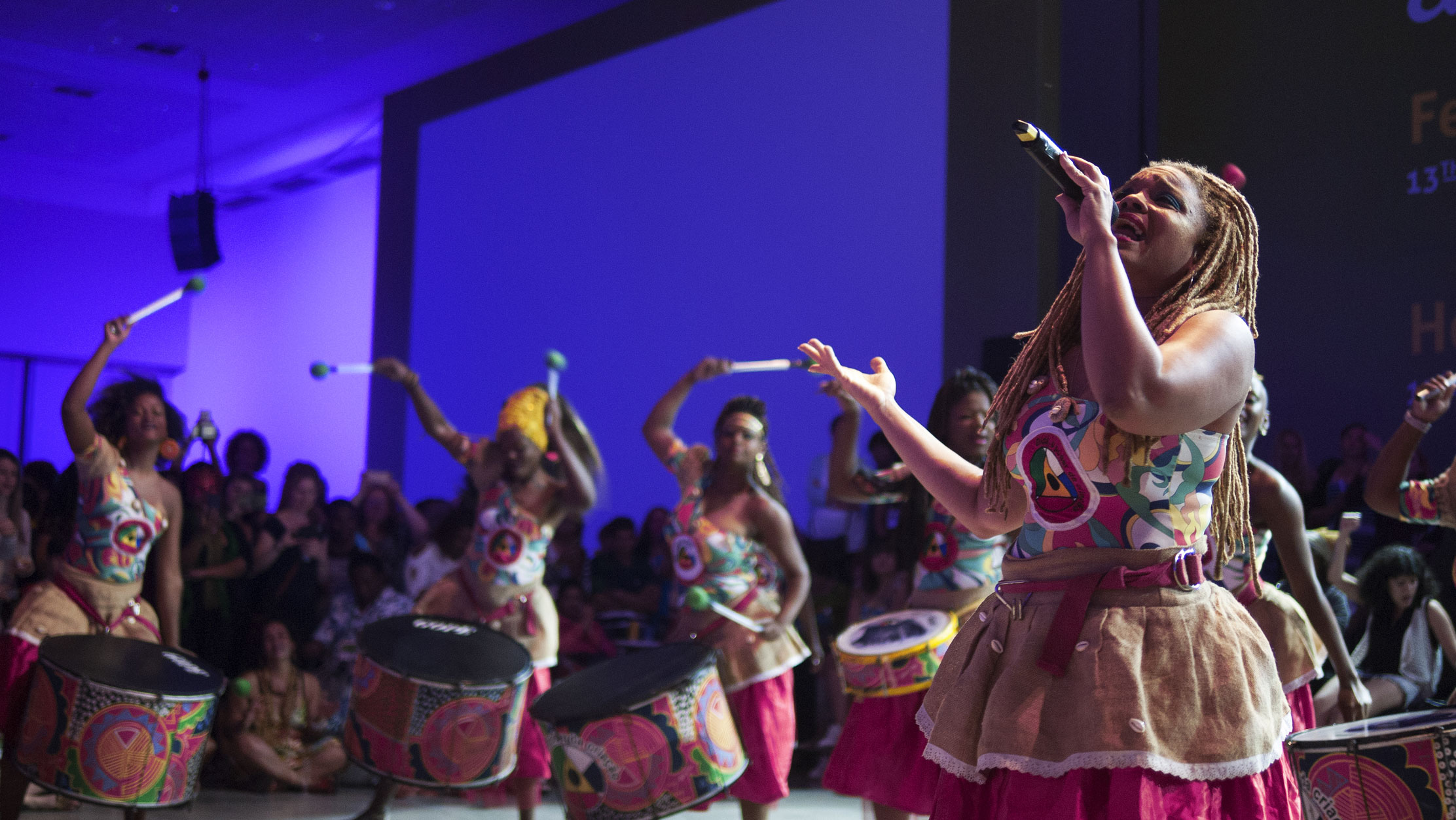FRIDAY FILE: The impact of natural disasters is gendered. What would a gender-aware response look like?
Hurricane Katrina, the recent earthquakes in Haiti and Chile, and the 2005 Asia tsunami in have all been stark reminders of the fact that natural disasters – like human-made ones – have a gendered impact. Whether it is because fewer of them can swim or climb trees, or because they delay escape for the sake of their loved ones whom they try to rescue, women bear the initial brunt of natural disasters. Due to their gender they also bear the brunt of the aftermath of disasters. They are more vulnerable after disasters because they are more vulnerable before disasters: gender roles predispose women to catastrophe.[i] Pregnancy, lactation and menstruation heighten the need for specialized interventions.
What would a gender-aware approach to mitigating the effects of natural disasters look like? The Gender and Disaster Network has a wealth of resources on this, one of which is their Six Principles for Engendered Relief and Reconstruction. They urge all those involved in mitigating the effects of natural disasters to:
Think big;
Get the facts;
Work with grassroots women;
Resist stereotypes;
Take a human rights approach; and
Respect and develop the capacities of women.
Any response to natural disasters should bear in mind the gender dynamics that disadvantage women and recognize that the disasters can present an opportunity for establishing some sort of balance where there was none before. Reconstruction can be an important time to right gender wrongs. For instance, deeds to new houses can be registered jointly or in women’s names. Women’s organisations should have the know-how and power to assess and mitigate hazards as well as to provide leadership in responses to disasters.
According to a report by the Asia Pacific Forum on Women, Law and Development (APWLD), an astounding eighty per cent of the people who died in the 2005 tsunami were women. The tsunami, which affected Burma, Sri Lanka, Thailand, Indonesia, India and parts of East Africa, provides valuable lessons in how to respond to natural disasters; a gender-responsive approach is a must. The Gender and Disaster Network asserts that “nothing in disaster work is gender neutral.” Data must be disaggregated by gender. Sex-specific needs must be identified and addressed, and gender budgeting must be implemented and monitored.
Women in the community are connected. They know which households have vulnerable people: those with disabilities, older people and infants. In the aftermath of a disaster they are a valuable resource and any disaster response programme should tap into women’s knowledge. Women’s community based organisations also perform a crucial role in responding to disasters. As the GDN notes, they “have insight, information, experience, networks and resources vital to increasing disaster resilience.”
While women are on the whole more vulnerable to the effects of natural disasters, it is important to ensure that responses do not rely on stereotypes but on solid research and knowledge. The GDN deconstructs several assumptions and emphasises that:
“Women survivors are vital first responders and rebuilders, not passive victims;
Mothers, grandmothers and other women are vital to children’s survival and recovery but women’s needs may differ from children’s;
Not all women are mothers or live with men;
Women-led households are not necessarily the poorest or most vulnerable;
Women are not economic dependents but producers, community workers, earners;
Gender norms put boys and men at risk too e.g. mental health, risk-taking, accidents;
Targeting women for services is not always effective or desirable as it can produce backlash or violence;
Marginalised women (e.g. undocumented, HIV/AIDS, low caste, indigenous, sex workers) have unique perspectives and capacities;
No “one-size” fits all: culturally specific needs and desires must be respected e.g. women’s traditional religious practices, clothing, personal hygiene, privacy norms.”
Gender-aware responses to the aftermath of natural disasters need to reduce the increased risks that girls and women encounter. The heightened vulnerabilities that they face are:
“Sexual harassment and rape;
Abuse by intimate partners e.g. in the months and year following a major disaster;
Exploitation by traffickers e.g. into domestic, agricultural and sex work;
Erosion or loss of existing land rights;
Early/forced marriage;
Forced migration;
Reduced or lost access to reproductive health care services;
Male control over economic recovery resources.”
Women are already burdened in multiple ways in everyday life- physically, emotionally, economically and socially. Gender sensitive disaster interventions will avoid increasing women’s heavy workloads in crisis situations. They will financially and materially compensate women who contribute their time, energy and skills to disaster mitigation.
After natural disasters gender roles often change to increase the burden on women. Not only are they caregivers, they also have the added responsibility to ensure that their charges are fed, clothed and have medical attention and supplies. Deaths of loved ones place extra responsibilities on women. They need to ensure that the departed are given a proper send off, and they cater for the emotional needs of survivors.
Women are disproportionately the victims and cushions of natural disasters. Many women’s lives and livelihoods could be saved by adopting a gender responsive approach to disaster mitigation. This work must begin well prior to any hurricane, earthquake or tsunami. Disasters also provide a window of opportunity for gender wrongs to be righted. Women need to be consulted and to be a part of deliberations and debate on legislation. They need to be an integral part in designing disaster relief programmes.
[i] See Momaya, Masum: “Swept Away.”
